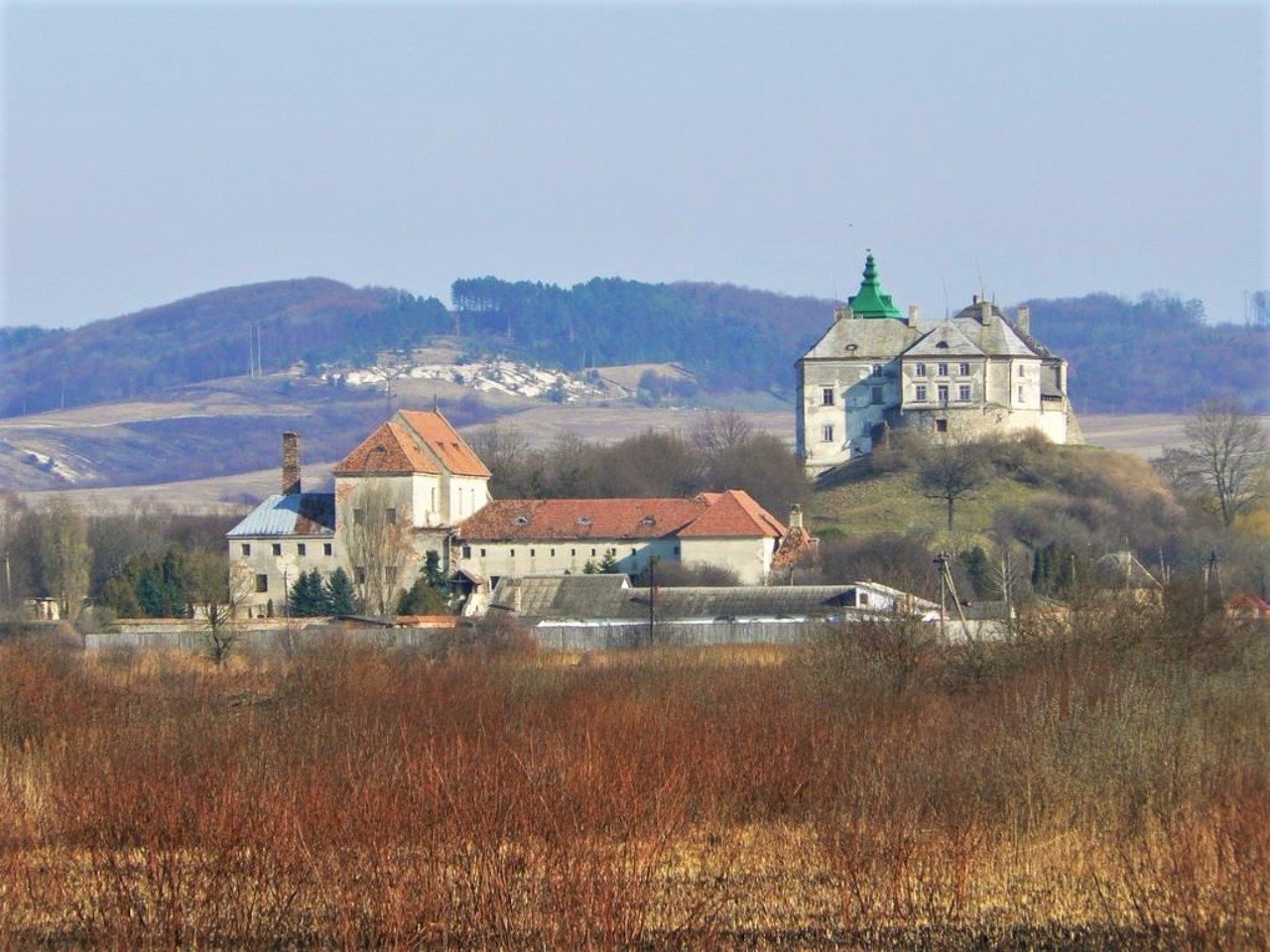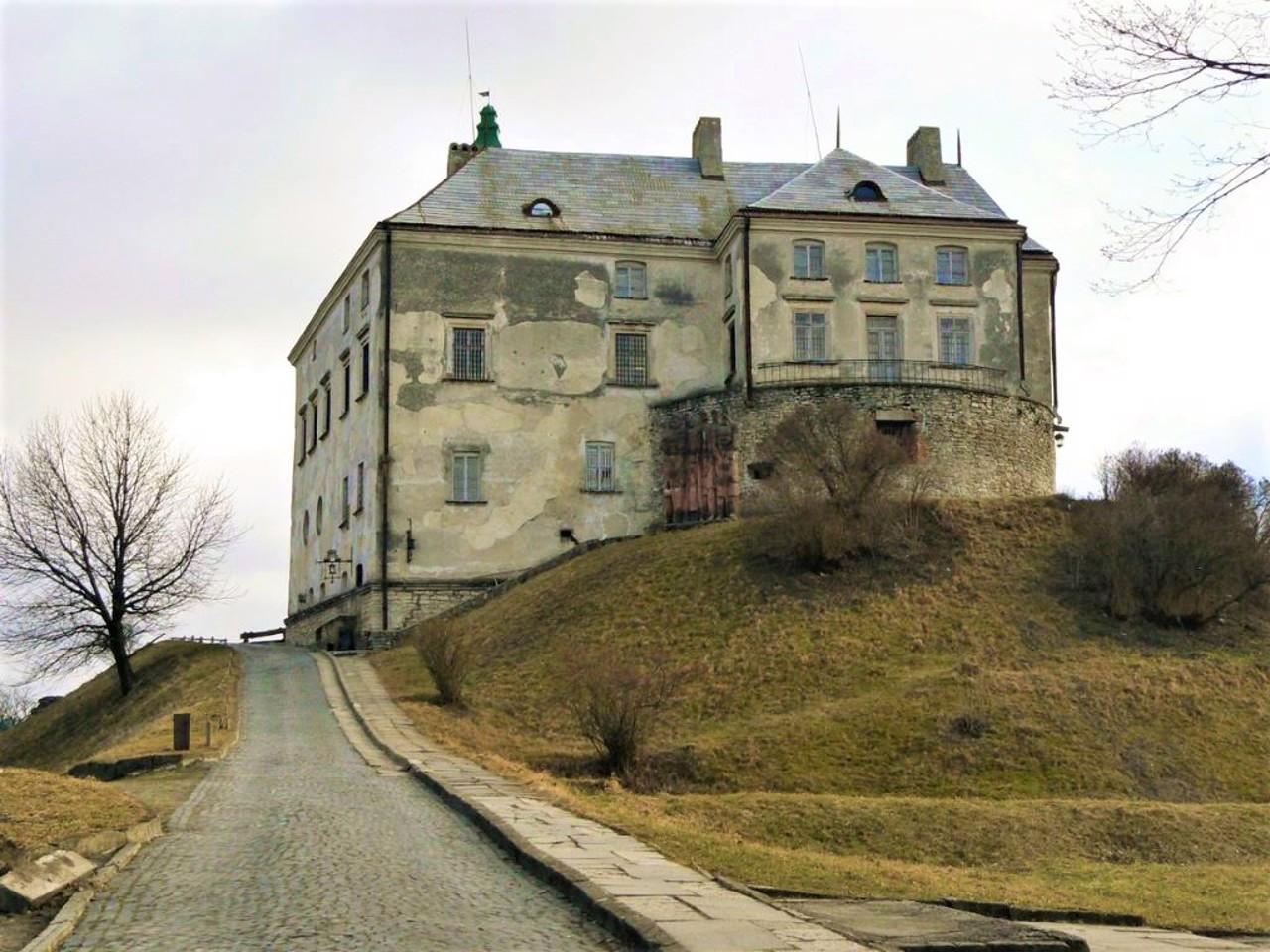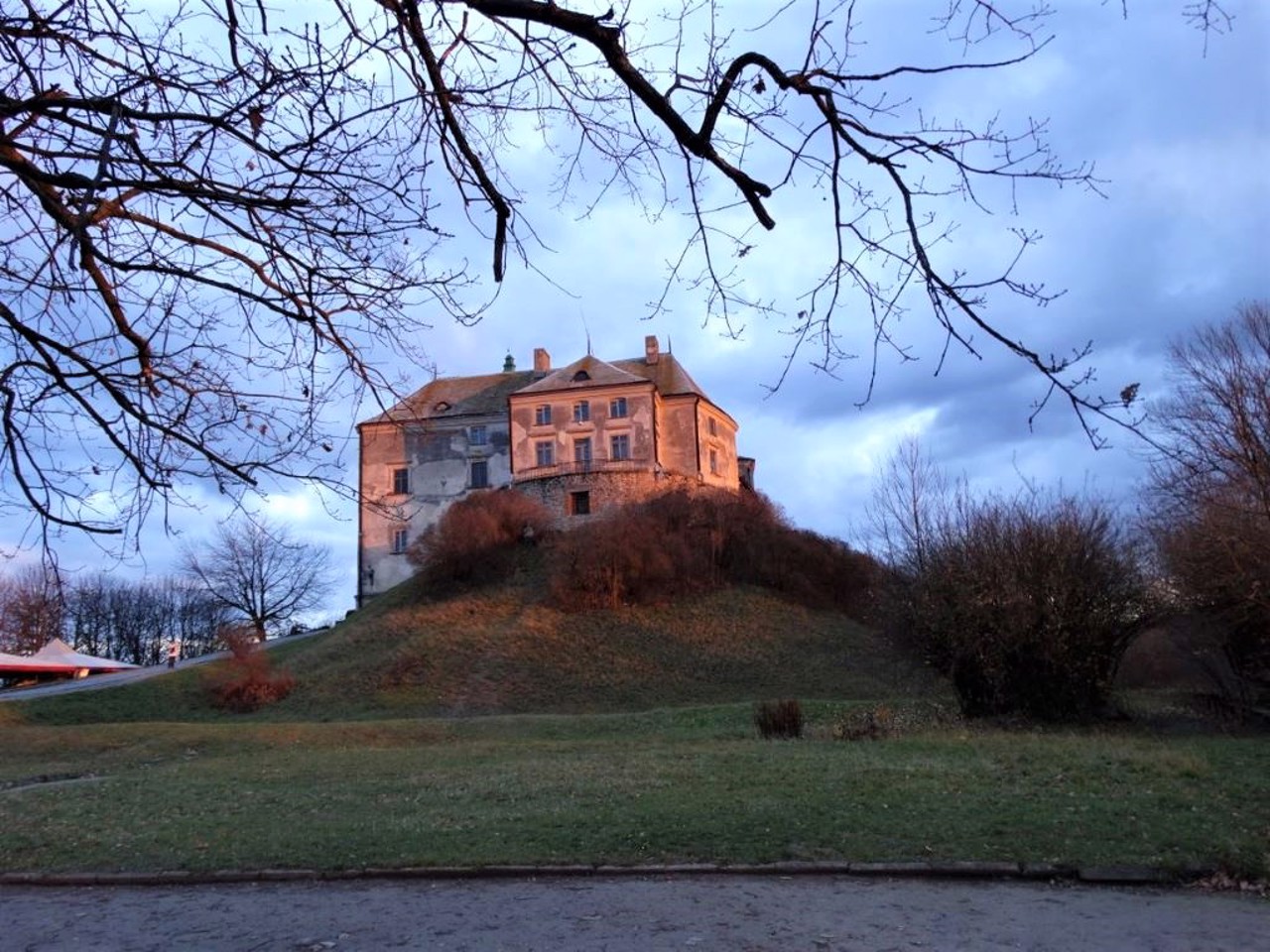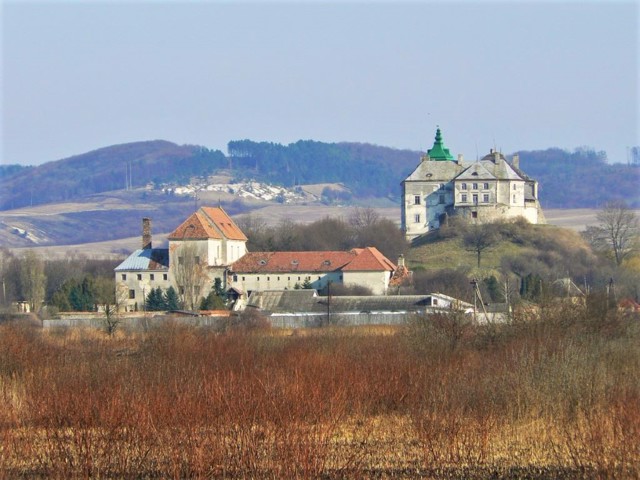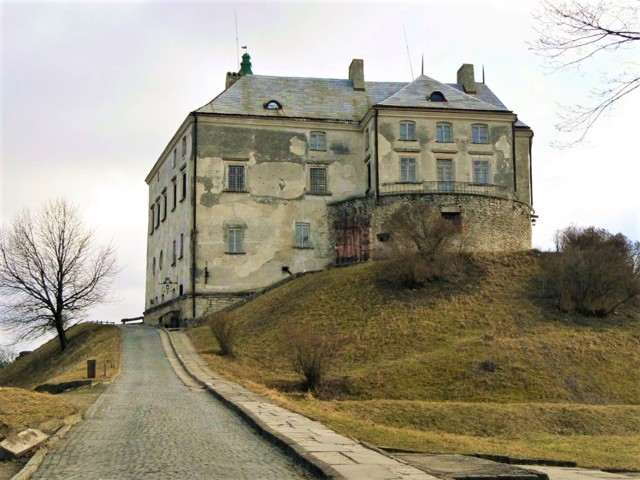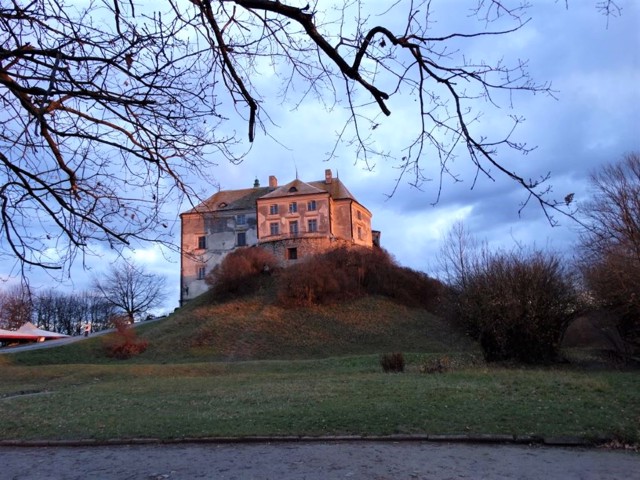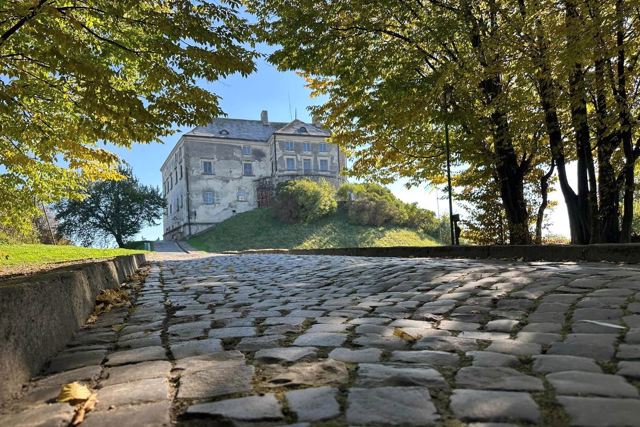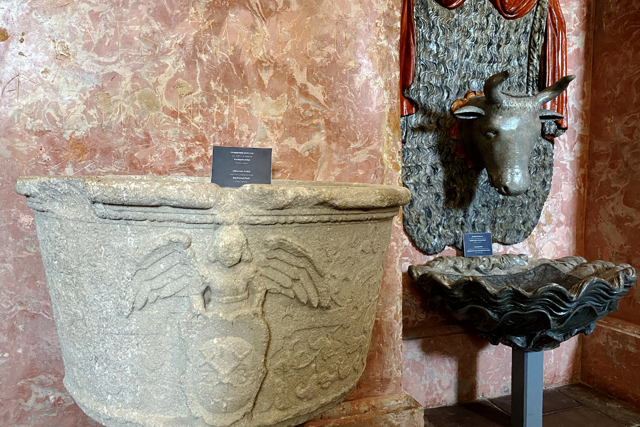Functional temporarily unavailable
General information about Olesko
The settlement Olesko is located on the highway Rivne-Lviv.
Known since 1327. The name comes from the Old Slavic word "Olesi" (a hill in the middle of the swamps). One of the three "Golden Horseshoe" castles of Lviv Region is located here.
Olesko Castle is the only preserved fortress from the time of Kyiv Rus in Ukraine. It was built in the 14th century by Galicia-Volyn princes on a hill in the middle of a marshy area. After its destruction by the Tatars, it was rebuilt in its present form by the voivode Ivan Danylovich in 1605. In 1629, the Polish king Yan III Sobesky was born here, Mykhaylo Khmil, the father of Bohdan Khmelnytskyi, served here.
The complex of the Capuchin monastery with Joseph's church has also been preserved.
Селище Олесько знаходиться на трасі Рівне-Львів.
Відоме з 1327 року. Назва походить від старослов'янського слова "Олесі" (пагорб посеред боліт). Тут розташований один з трьох замків "Золотої підкови" Львівщини.
Олеський замок - єдина в Україні збережена фортеця часів Київської Русі. Споруджений в XIV сторіччі галицько-волинськими князями на пагорбі посеред болотистої місцевості. Після зруйнування татарами відбудований в нинішньому вигляді воєводою Іваном Даниловичем в 1605 році. В 1629 році тут народився польський король Ян III Собеський, тут служив батько Богдана Хмельницького Михайло Хміль.
Також зберігся комплекс монастиря капуцинів з костелом Йосипа.
Сплануй своє перебування у Olesko
What to see and where to go in Olesko
Tourist attractions and museums of Olesko
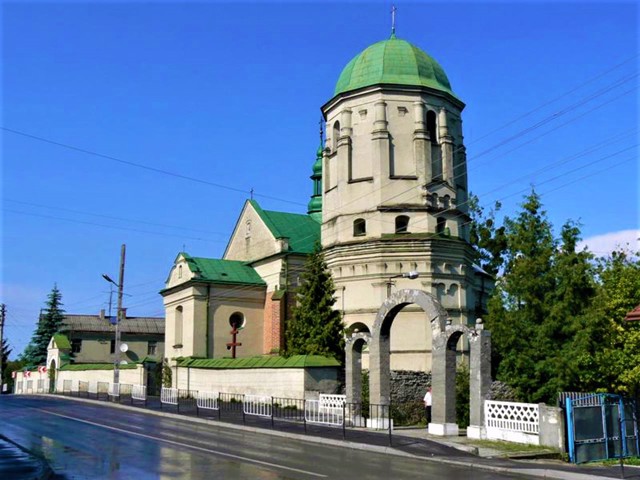
Holy Trinity Church
Temple , Architecture
The Defense Church of the Holy Trinity was built in Olesko in 1481 in the Renaissance style. In 1625-1627, the then owner of Olesko, Ivan Danylovych, added two side chapels to the church, which were later consecrated in honor of the Most Holy Mother of God and Saint John the Theologian.
The church was heavily damaged during a fire in 1806, was rebuilt in 1809, but burned again in 1841 and was rebuilt in 1847. As a result of these events, the interior lost its original Gothic character and received support pillars that divide it into naves. In 1927, the church was once again modified during another restoration.
The main dominant feature of the building is the round defensive bell tower. The epitaph to Ivan Danylovych (1618) has been preserved.
In 1945, the Soviet authorities closed the temple and used it as a warehouse. In 1993, the church was handed over to the community of the Ukrainian Autocephalous Orthodox Church. Today, is the temple of the Holy Trinity of the Orthodox Church of Ukraine.
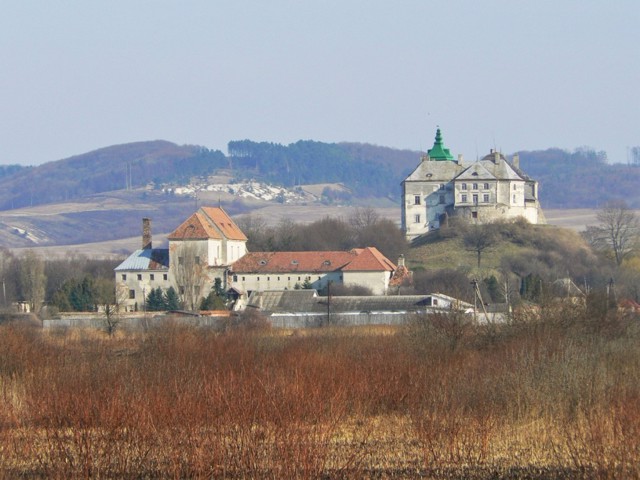
Olesko Castle Museum-Reserve
Castle / fortress , Architecture , Museum / gallery
Olesko Castle, which is part of the "Golden Horseshoe of Lviv Region", is one of the most famous castles in Ukraine. It is considered the only surviving stone fortress from the times of Ancient Rus' in Ukraine.
The medieval castle rises above the town of Olesko on a 50-meter hill, it is clearly visible from the road. Built in the XIII-XIV centuries. Galician-Volyn princes. The castle was first mentioned in 1327, when it became the property of Prince Yuriy II Boleslav. In the Middle Ages, the fortress was repeatedly attacked by Tatars, destroyed and rebuilt.
In the XVII century. Olesko Castle was owned by the magnates Danylovychs, who rebuilt it in its current form. In 1629 the grandson of Yan Danylovych, the future King of Poland Yan III Sobeskyi, was born here. Mykhaylo Khmil, Bohdan Khmelnytsky's father, served here.
The restoration of the castle after a strong earthquake in 1882 was carried out by the Polish Society for the Guardianship of the Castle in Olesko.
Since the 1970s, a branch of the Lviv National Art Gallery has been housed in Olesko Castle. In particular, the exhibition presents works by world-famous Ukrainian sculptor Ivan Pinzel.
The pearl of the collection is a huge (7.65 m x 7.3 m) battle canvas by Martino Altomonte "Battle of Vienna".
On the slopes of the hill is an Italian park with ancient and modern sculptures.
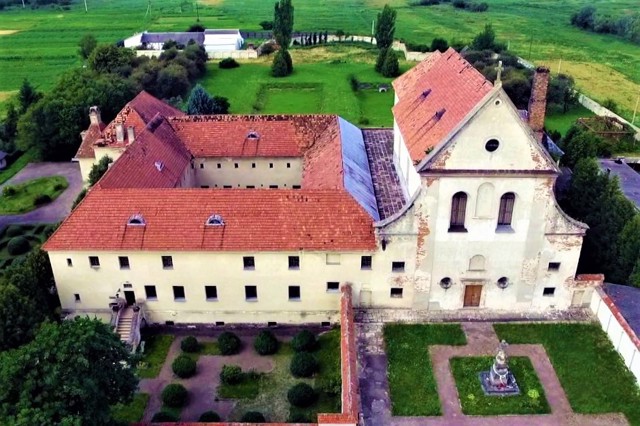
Capuchin Monastery
Architecture , Temple
The monastery of the Catholic order of Capuchins opposite the Olesko castle was built at the expense of Volyn Voivode Severyn Rzhevuskyi.
The project was developed by Podillya architect Martyn Dobravskyi. Construction was completed in 1739. The monastery complex consisted of the church of Saint Anthony, built in the Baroque style, and a square cell building with an inner courtyard.
In 1939, the monastery was closed. After 1945, an agricultural school was located here. Currently, the complex belongs to the Lviv National Art Gallery named after Borys Voznytskyi and is used as a storage facility, access is closed.
Olesko on photo and video
Olesko in news and blogs
Reviews Olesko
Geographical information about Olesko
| {{itemKey}} | {{itemValue}} |
|---|---|
| Region |
Lviv |
